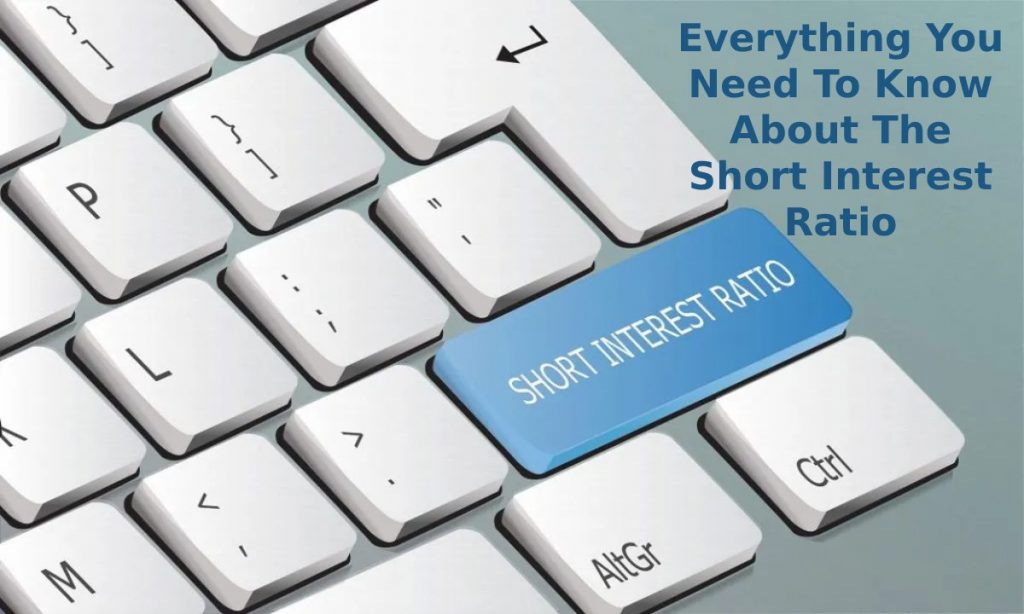The Short Interest Ratio – When investors predict that the price of a stock is about to go down, they short sell it. Short selling stock involves borrowing stock from another investor then selling them at market price.
The investor who sells those stocks hopes that their prices continue declining so that they can repurchase them and return them to the original owner.
When the stocks’ prices keep dropping, investors with short stocks have a high chance to make huge profits, but if they rise, they could lose a lot of money. Therefore, investors prefer to buy back the stocks within a short time of selling them.
According to the experts at SoFi, investors need to know the short-interest ratio to understand the best time to short a stock and not make losses.
What Is A Short Interest Ratio?
Also known as days to cover or short ratio, a short-interest ratio is a mathematical formula that investors use to estimate how long it will take them to buy back the stocks they sold in an open market.
To calculate the ratio, investors have to divide the total shorted stock shares (short interest) by the average trading volume in a day (the average shares traded daily).
short interest ratio=short interest average daily trading volume
If the short-interest ratio is high, it means that it will take the investors a long time to buy back the stocks, while if it’s low, it means that it will take them a shorter time to repurchase them.
The short interest helps investors determine the best time to short sell, and it depends on the total short interest and average daily trading volume. When the average daily trading volume is low, the short-interest ratio will be high, and when the short interest is high, the short-interest ratio will be high.
If the short interest doubled, it would also double the short ratio. If the short interest remains the same, but the average daily trading volume goes down by half, the short-interest ratio would also double.
The higher the short interest gets, the more vulnerable the stocks get to a short squeeze. A short squeeze is a condition that triggers the prices of stocks and other tradable securities to shoot up rapidly.
How Does Short Interest Ratio Work?
When the short interest is low, it shows that the investor is a bull investor, while if it is high, it means that the investor is a bear trader. While the short ratio does not indicate how stock prices move, it provides investors with meaningful information about fellow investors’ feelings about a stock.
Investors should understand that short interest information can quickly change in a volatile market. The short interest ratio also provides helpful information for investors who have not shorted a stock.
For example, if an investor’s company has a high short ratio, their share prices will theoretically go up during a short squeeze, and they can sell the shares at a profit. Short squeezes are, however, difficult to predict.
Individual investors should be careful before shorting or buying a stock using the high short ratio. That is because their bearish instincts are correct and the stock’s prices tankInvesting or trading stocks can be a profitable investment even for beginners. To start, investors need to open an account on a stock exchange platform and have a secure bank account. Having a SoFi bank account makes the transactions cheaper because there are no account fees.

